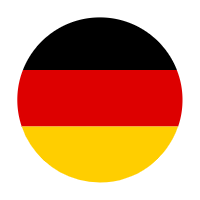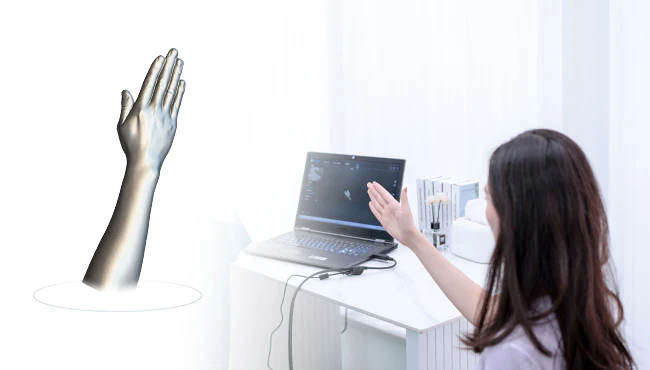As interest in 3D scanning continues to grow, educational institutions are finding new ways to incorporate this technology into STEM programs. At EINSTAR, we've seen how our EINSTAR 3D scanner has been adopted in classrooms, labs, and student studios, not as an advanced industrial tool, but as an accessible option for learning environments. The EINSTAR scanner is designed with students, educators, and small creative teams in mind, providing a practical solution for exploring digital modeling and prototyping.

A Practical Introduction to 3D Technology
For many schools and universities, introducing 3D scanning into their curriculum is a step toward bridging the gap between theory and hands-on experience. The EINSTAR 3D scanner provides a gateway for students to experiment with real-world applications, whether they're studying engineering, design, or even archaeology. Rather than focusing on industrial-level scanning, we focus on delivering a device that is manageable in size, relatively simple to operate, and appropriate for use in small studios or classrooms.
Students are able to scan objects and bring them into modeling software, where they can analyze, edit, or use them in projects. This direct interaction with physical-to-digital workflows enhances their understanding of digital fabrication, reverse engineering, and creative design thinking.
Supporting Student Projects and Innovation
We've observed that the EINSTAR scanner fits naturally into student-driven work. In design courses, for example, students might scan clay models or everyday objects to develop digital prototypes. In engineering labs, scanned parts may serve as the basis for 3D simulations or technical drawings. In art and sculpture programs, it opens up new opportunities for digital preservation or animation projects.
What we find most rewarding is how the scanner encourages experimentation. It's not unusual to see students scan a variety of items—tools, handmade objects, or even simple geometric forms as they explore texture capture, shape recognition, and how 3D data interacts with CAD tools.
Ease of Use for Educators and Learners
We understand that ease of use matters just as much as functionality, especially in an educational context. The EINSTAR 3D scanner is built with a user-friendly interface that helps students quickly get started without a steep learning curve. Instructors can easily guide students through the basics of scanning and help them progress into more advanced tasks as their confidence builds.
Additionally, the scanner is portable and can be used across different classrooms or departments, making it a flexible resource within a school or university setting.
Fostering Curiosity in STEM Learning
What we appreciate most about how the EINSTAR scanner is being used in education is the way it fosters curiosity. Students get to see the relationship between the physical and digital world, and this often sparks further interest in fields like digital manufacturing, robotics, and computer graphics. By introducing students to 3D scanning through a hands-on, approachable device, educators are helping prepare them for future roles in evolving industries.
Conclusion
The EINSTAR 3D scanner is increasingly becoming a part of STEM education programs for a reason, it brings digital technology closer to students in a manageable, educational format. At EINSTAR, we're encouraged to see how schools and universities are using the EINSTAR scanner to inspire new ideas and support hands-on learning. Whether for small classroom experiments or collaborative student projects, it's a tool that quietly plays a part in nurturing the next generation of creators and engineers.









Share:
Advantages of Choosing EINSTAR for Your 3D Scanner Needs
Where to Find the Best 3D Scanner Online and How to Spot a Trustworthy Store